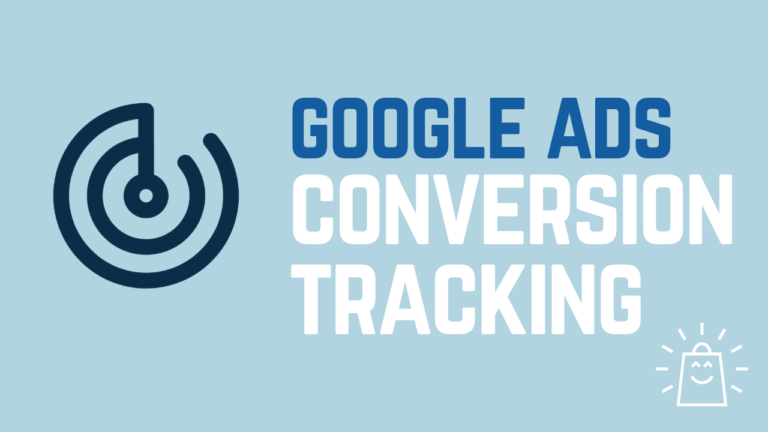Brands have no choice but to adapt their product content management strategies to keep up with this new channel growth and the ever-changing demands of consumers.
There’s no sign of things slowing down, and this challenge only increases in complexity with the size of a brand’s product catalog.
As shoppers evolve, brands need to respond with speed and agility. Successful brands must be able to quickly and easily manage product content at scale. The following best practices will help your ecommerce team scale your digital shelf presence and find success online.
1. Align Technology With Business Needs
Product content management is complex when data is spread across teams — often in different formats and standards that don’t align.
Getting ecommerce, marketing, and sales teams the information they need to answer channel-specific requests quickly and efficiently is no small feat when working across channels, geographies, and product categories.
But it can be done with the help of the right technology.
A product experience management (PXM) platform equipped with an enterprise-level product information management (PIM) solution can help by providing a central source of truth for product data. Data includes everything from operational and supply chain data to enhanced content like images and videos.
When you centralize product content, you can apply attributes to ensure it adheres to standards and channel specifications. You can also see where there are information gaps.
The other benefit to a centralized PIM system is that everyone who needs access to the data to support the channels they are responsible for can get it.
Consumers often use multiple channels when making a purchase. This multi-channel purchase process means your product must be available on many different channels and the information you provide is consistent across those channels.
2. Provide Users With the Ability to Self-Serve
Getting products to market in the right channels is a priority, and there’s not a lot of time to waste waiting for IT to build or update web pages or connections to external channels. Users need self-service tools that allow them to collaborate and connect easily to the channels they manage.
At the same time, it’s vital that only the people with the correct permissions have access to specific capabilities and information. One thing you can’t afford to sacrifice is governance or security.
In this case, a modern PIM system can provide the self-service capabilities needed to get product content to each channel while ensuring the proper permissions apply.
It offers many pre-built connectors to common channels, including third-party (3P) online marketplaces like Amazon and Walmart, as well as connectors to product pages on the brand website, emerging channels like Facebook and Instagram, and others.
It also enables you to manage channel-specific product content without jeopardizing content consistency across channels. Because the PXM system is continually adding new connectors, users can quickly get their products to new channels, activating your story across all touchpoints.
3. Arm Users With Actionable Ecommerce Data Insights
It’s one thing to get your product on all the channels your customers expect to find them. It’s another to understand how your products perform across all those channels and what you need to do to get them into a top position on the digital shelf.
From understanding the best keywords to the messages that engage and convert, business users need a way to test, optimize continually, and learn quickly.
By managing product content and channel distribution in a PXM system, you get the added benefit of comprehensive insights into how those products perform across channels. It provides reports that help you understand product performance related to product pages, ecommerce search engine optimization (SEO), brand compliance, and more.
Learn how well your product content resonates on product pages and through search results. See which channels are most profitable. The PXM supports collaboration across departments and outside agencies so you can quickly assign tasks and get changes applied.
4. Keep Up With Shoppers With Product Content Management
The beauty of the internet is that your brand can reach more customers across many different channels. But the internet also comes with challenges.
New channels and technologies continually appear, and consumers expect you to be on them. You need the right technologies to help you get your products on new channels quickly and ensure that you can consistently manage product content for all your channels.
A PXM solution helps you centralize product information from across the organization and make it available to your entire digital shelf — and it does it at a scale that you can’t do manually or with most other solutions.
Learn how Salsify Product Experience Management (PXM) helps brands manage, syndicate, and optimize at scale to create winning digital shelf experiences.


![[Infographic] How Consumers Will Shop This Holiday Season & Beyond](https://thegateway.net.au/wp-content/uploads/2021/03/infographic-how-consumers-will-shop-this-holiday-season-beyond-768x5405.png)



